In a few months, it will be headline news. Mars and Mercury will loop around the sun for another even closer conjunction on January 27, 2024. During the event, the planets will be only 12 arcminutes apart--almost as close as Jupiter and Saturn were during the Great Conjunction of 2020. Both planets will be visible to the naked eye in the morning sky just before sunrise. Stay tuned.
www.spaceweather.com

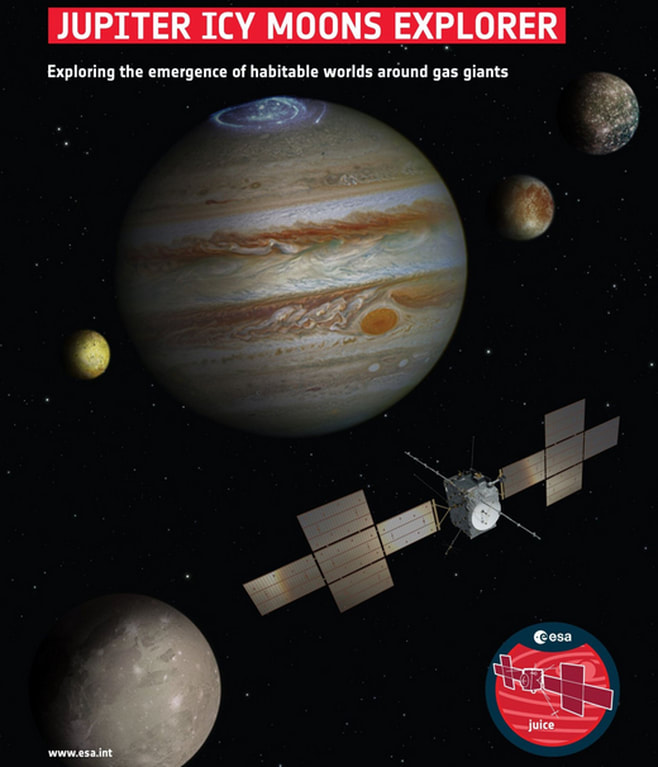
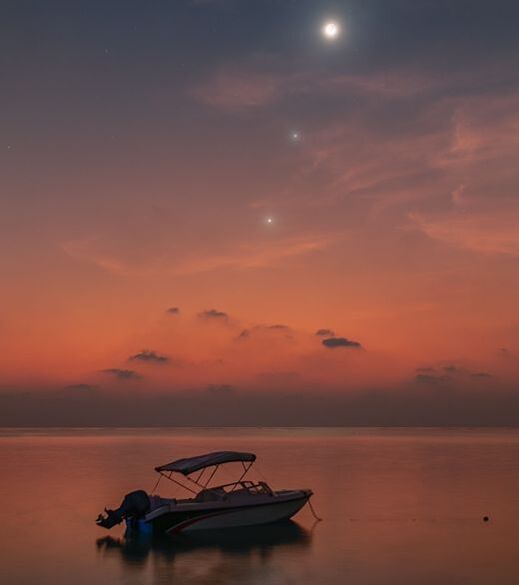
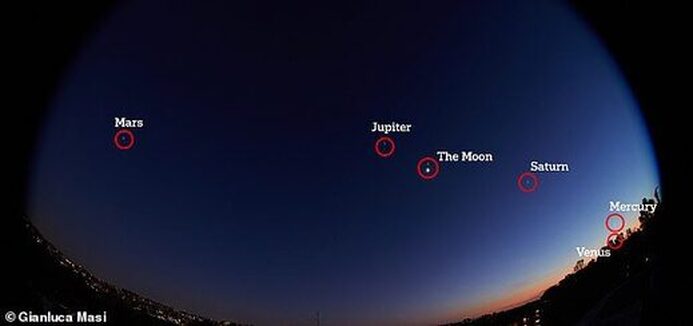
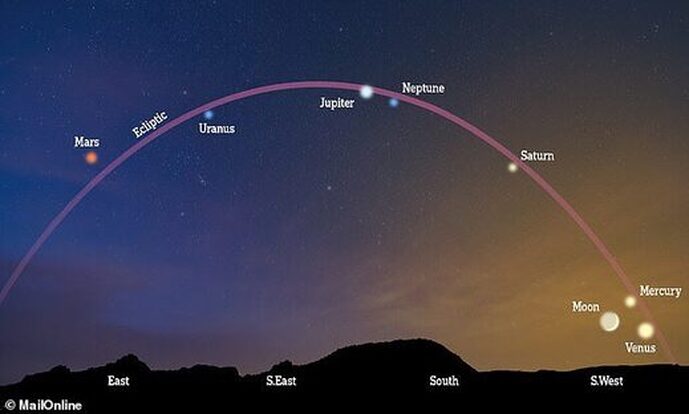
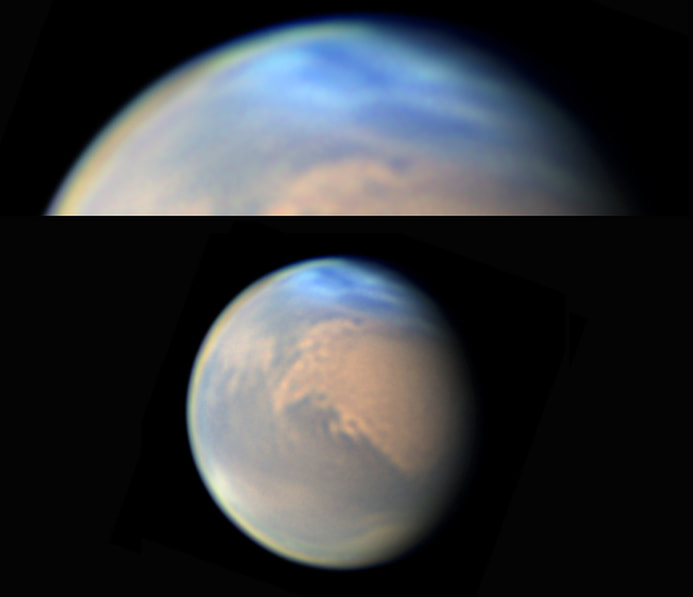
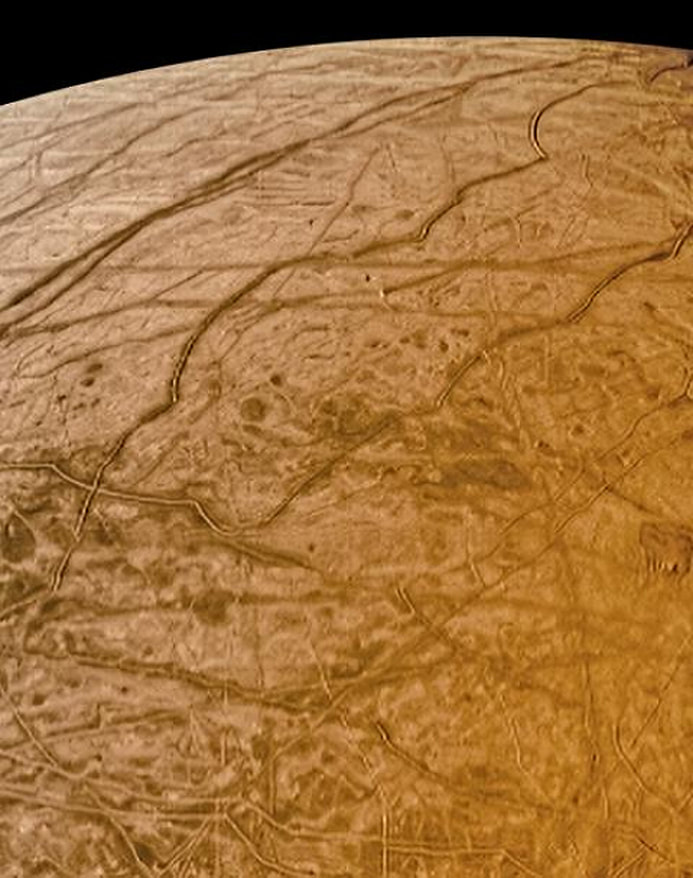
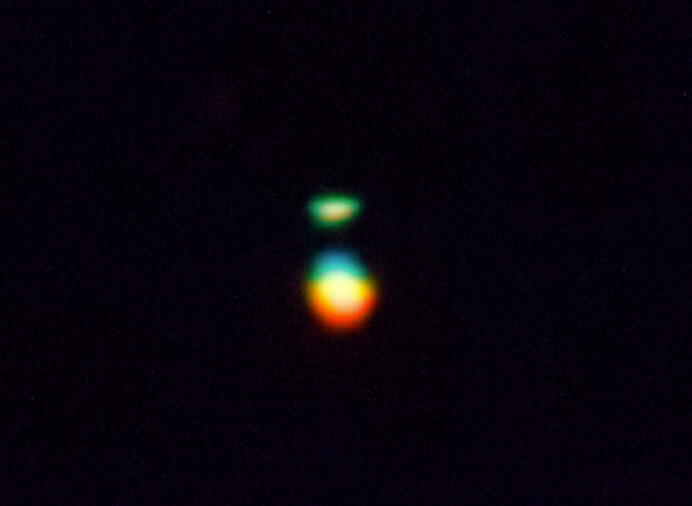
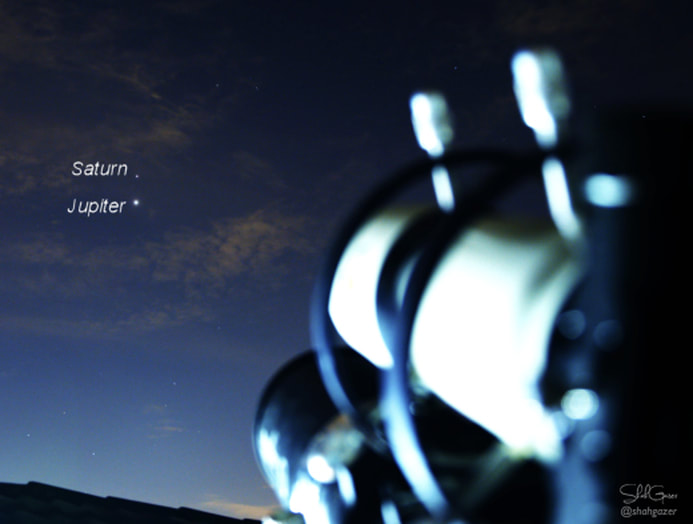
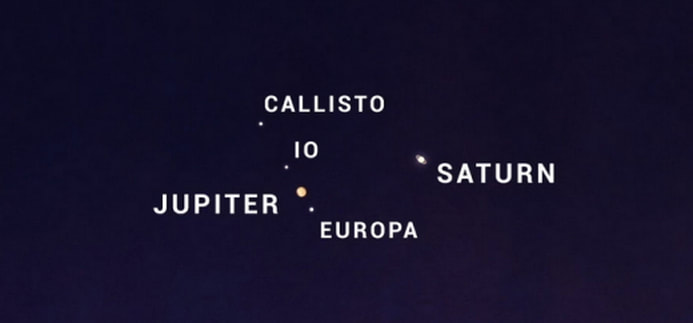

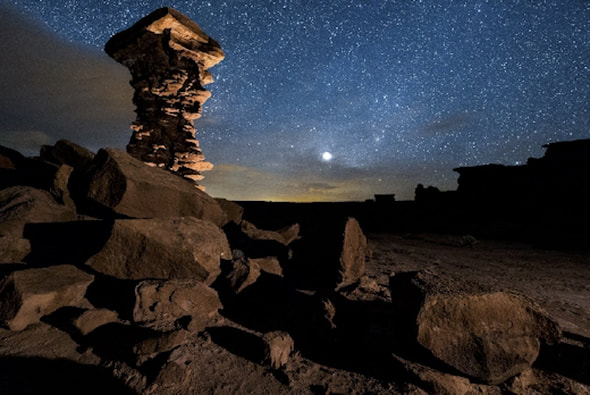
 RSS Feed
RSS Feed